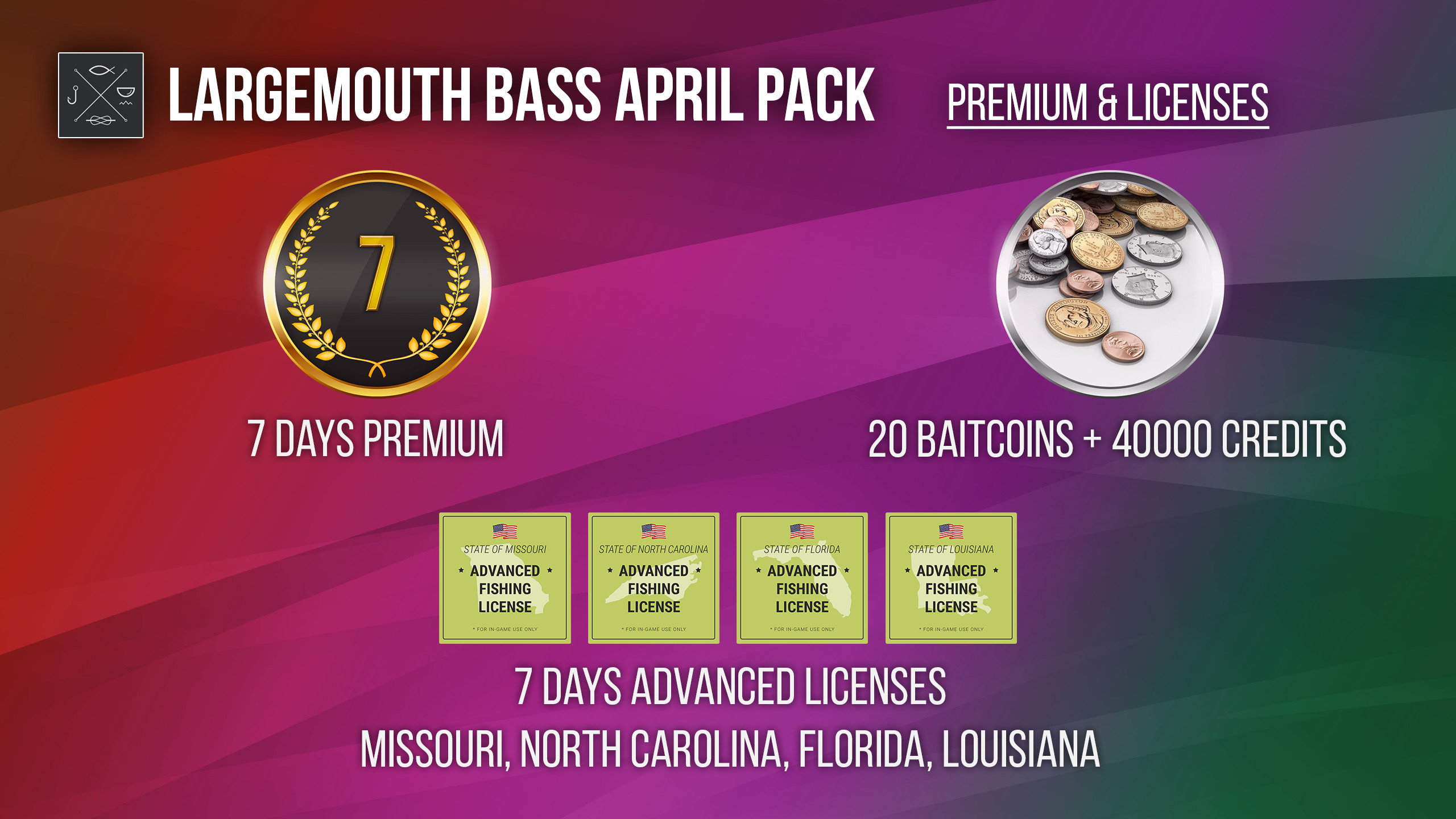

Baitfish gather around these structures, making it easier for bass to get a meal.īass also are coming off the winter doldrums, when one or two good-sized baitfish will keep their appetites satisfied for days. Medium-diving and lipless crankbaits traditionally work well because they imitate shad, a favorite bass food.

The "prespawn" actually is when trophy bass are easiest to catch with lures, especially those that mimic baitfish.īass will stage offshore on long, sloping points near deep water, plus humps and stump fields, trying to find easy meals and put on weight. What exactly is the post-spawn period? That’s not difficult to answer: it’s when anglers believe bass are most difficult to catch.ĭuring February and March, bass search for food to build up energy reserves to withstand the rigors of the April-May spawn. A former bass pro, he guides fishermen on a handful of Piedmont reservoirs, from Lake Norman to Kerr Reservoir, up and down the Yadkin chain and especially his home waters, Belews Lake. Joel Richardson of Kernersville has seen his share of post-spawns. Most anglers don’t look forward to the post-spawn because finding an active bass bite often is tougher than getting a smile from a taxpayer, but landing largemouths isn’t impossible. Joel Richardson’s favorite post-spawn places to find bass are points or shoals where the wind is blowing, plus steep, shaded shore lines.īy June, most largemouth bass in North Carolina waters have ended their spawn and are in a blue funk as far as chasing lures is concerned.


 0 kommentar(er)
0 kommentar(er)
